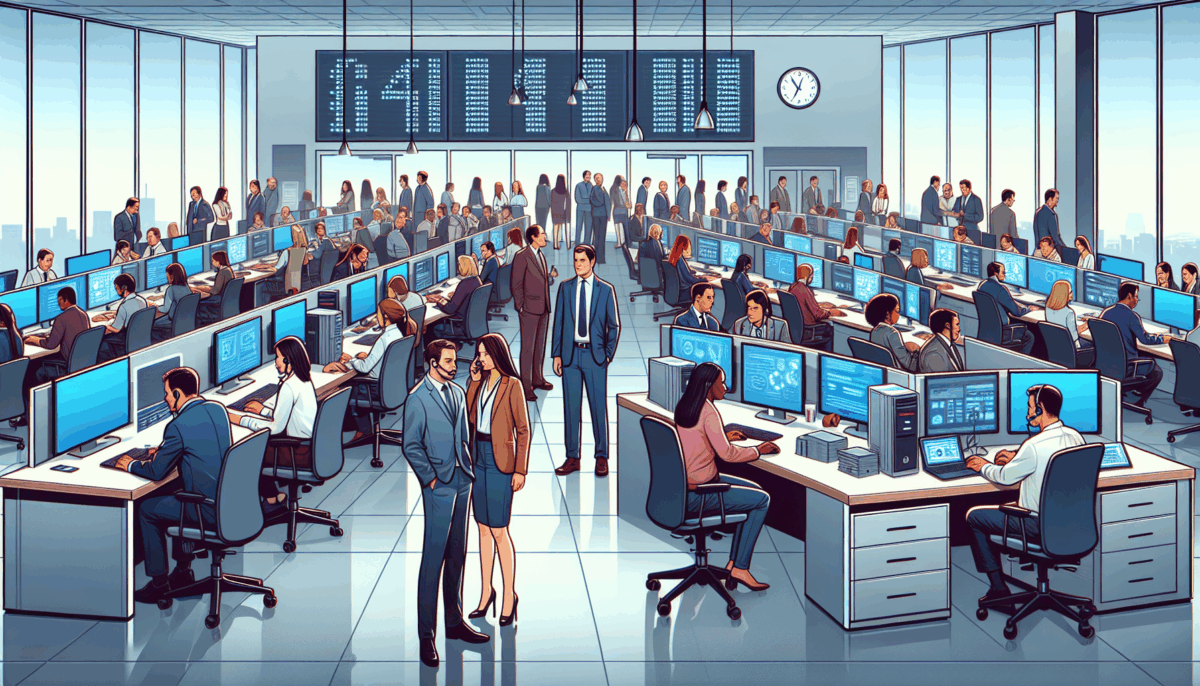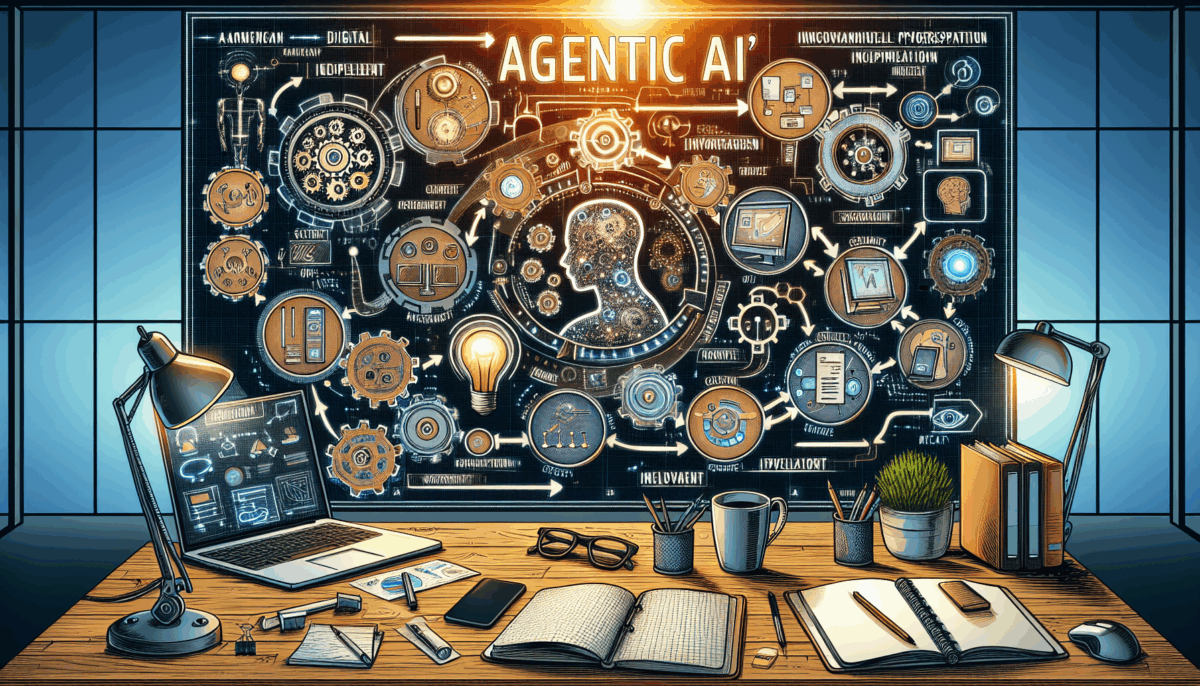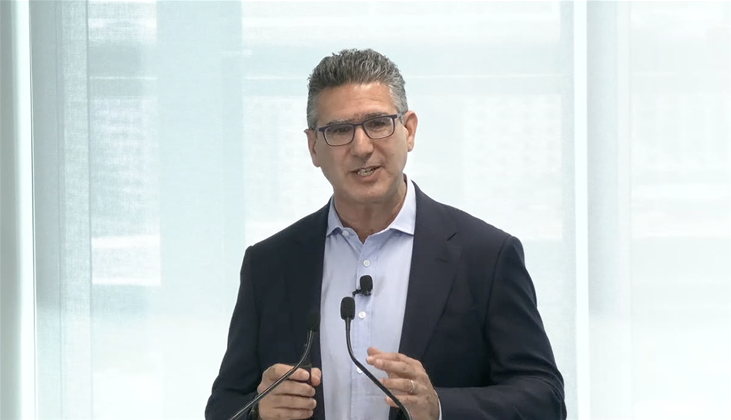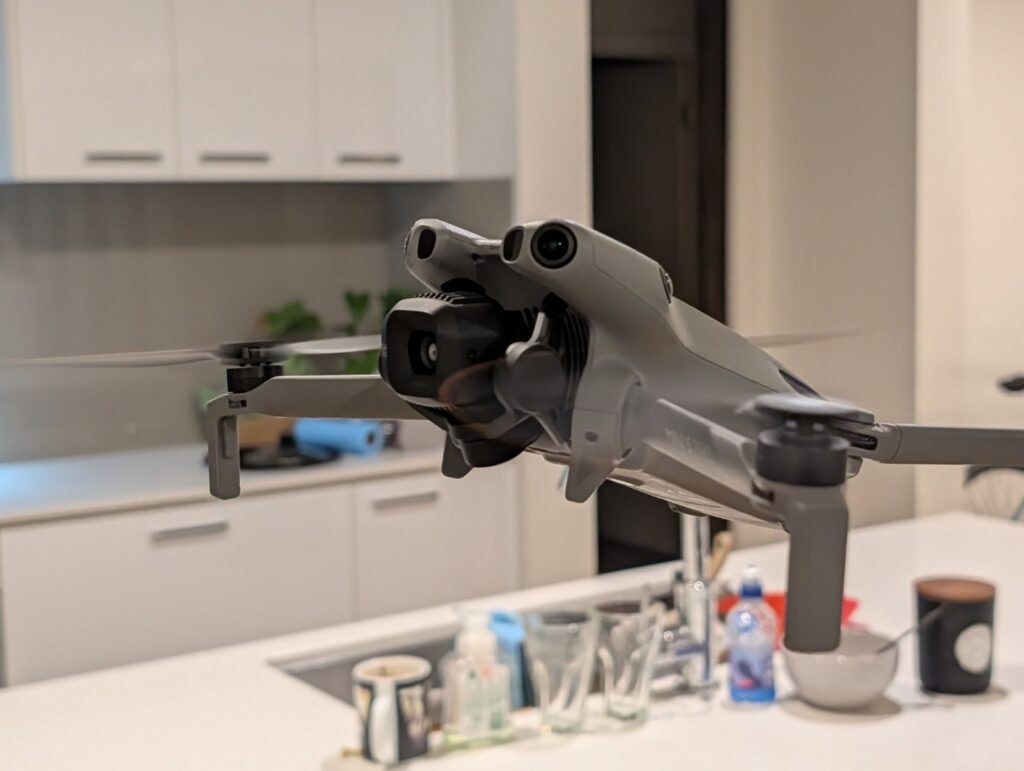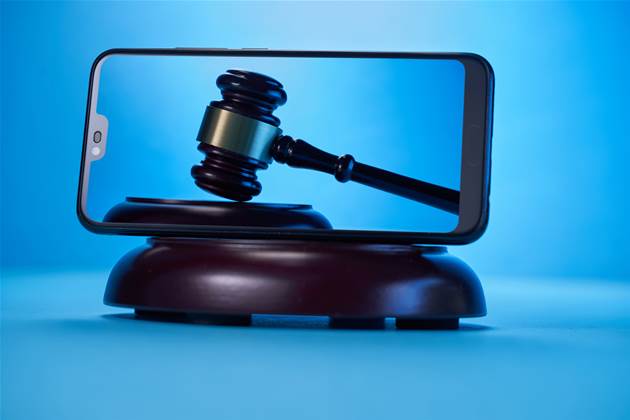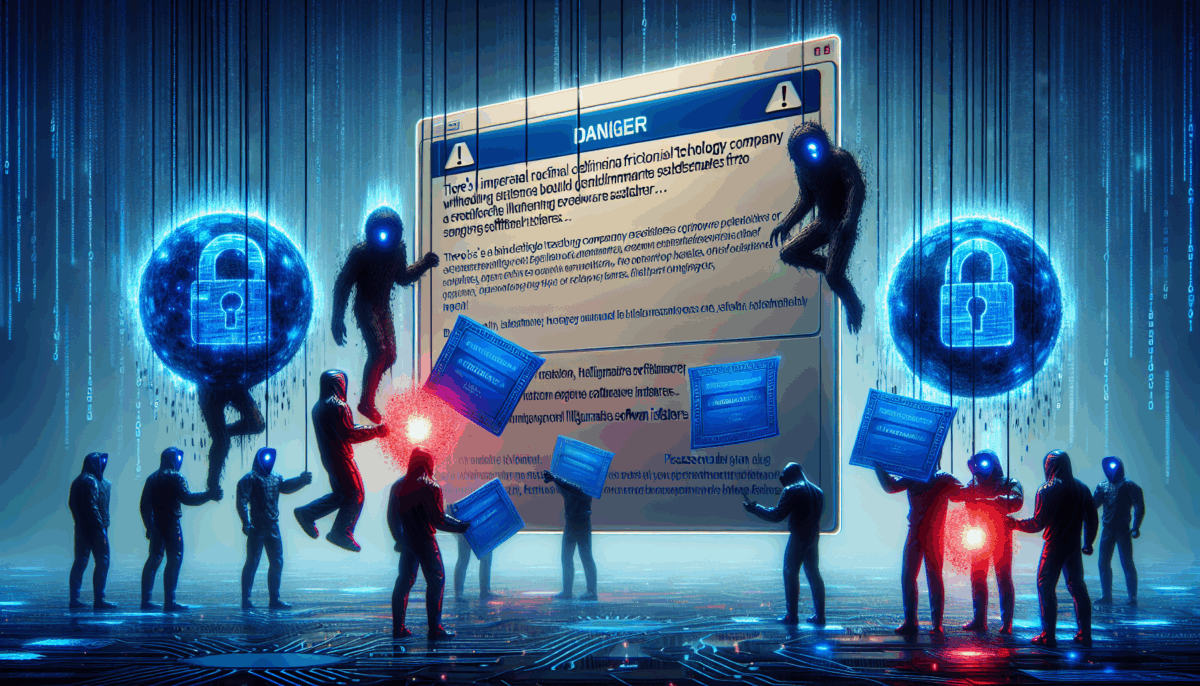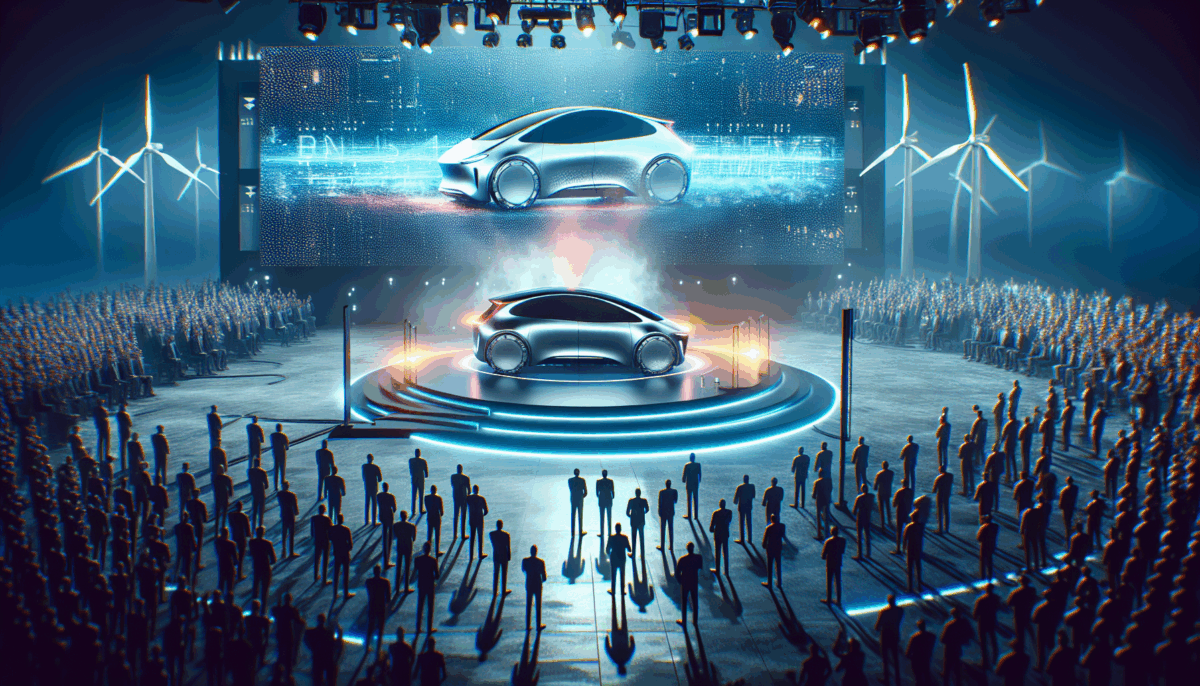Optus Expands Team with 450 Fresh Recruitments to Address Triple Zero Emergency
We independently review everything we recommend. When you buy through our links, we may earn a commission which is paid directly to our Australia-based writers, editors, and support staff. Thank you for your support!
Quick Overview
- Optus recruits 450 new personnel to tackle triple zero service deficiencies.
- Implementation of required escalation procedures for emergency call concerns.
- Continuous monitoring and daily assessments of emergency call dependability.
- Changes in network maintenance necessitate clear verification of emergency service status.
- Optus intends to hasten the shift of network operations from Nokia to in-house.
Optus’ Strategy for Addressing Triple Zero Failures
Optus has undertaken substantial measures to rectify the recent shortcomings in its triple zero emergency call services. The telecommunications company, under the leadership of CEO Stephen Rue, revealed the addition of 450 new employees to enhance its call center and network management sectors. This initiative is designed to restore public trust following a significant outage in September.

New Protocols to Enhance Emergency Services
Optus has enacted obligatory escalation protocols for any reported issues with triple zero calls, facilitating prompt investigation by network teams. To boost reliability, the company will ensure 24/7 monitoring of call failure rates and perform daily manual testing across various regions.
A key modification in network maintenance now demands explicit validation that emergency calling services are functioning correctly before and after any network adjustments. This measure is vital to avoid future interruptions.
Internal Modifications and Workforce Growth
The telecommunications provider is establishing 150 new positions within a “process centre of excellence” in Australia, aiming to expedite business transformation. Furthermore, 300 additional staff members will enhance its Australian call center operations, concentrating on triple zero services and customers in need.
Optus is also accelerating the transition of its network operations from Nokia, previously scheduled for May 2027, due to dissatisfaction with the current outsourcing setup.
Overview
Optus is taking strong measures to resolve its triple zero service issues, hiring 450 additional employees and establishing new protocols to guarantee reliability and restore public confidence. The telecommunications company is also implementing internal modifications to better customer service and hasten the in-sourcing of network operations from Nokia.

